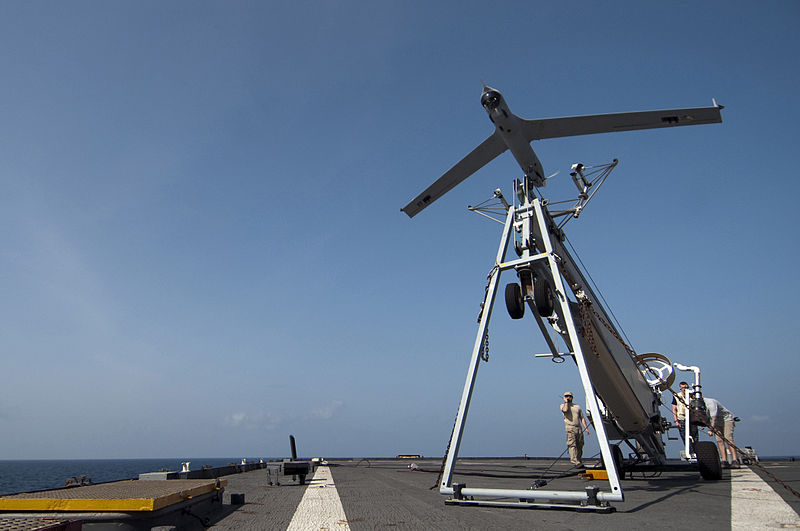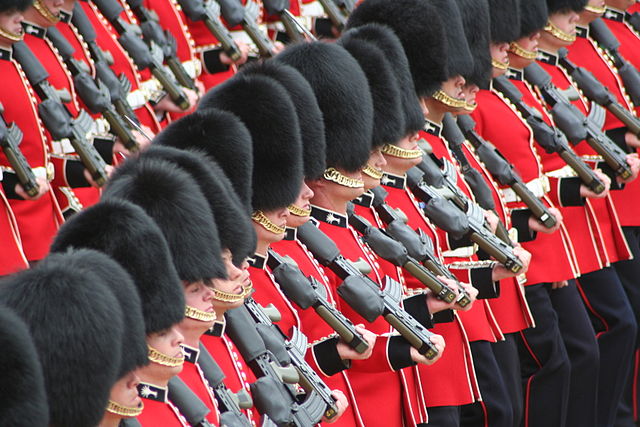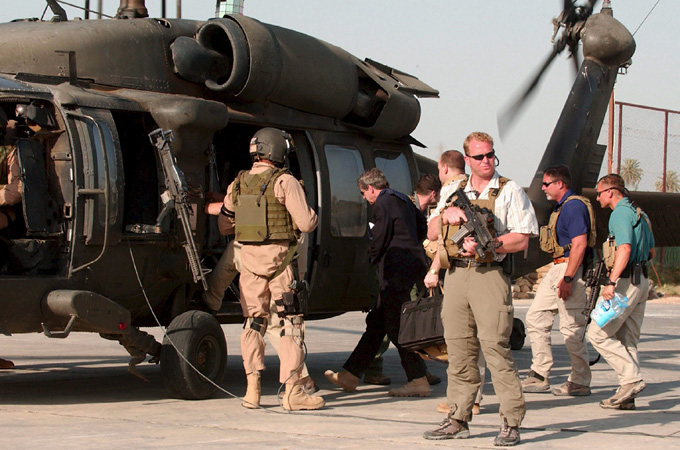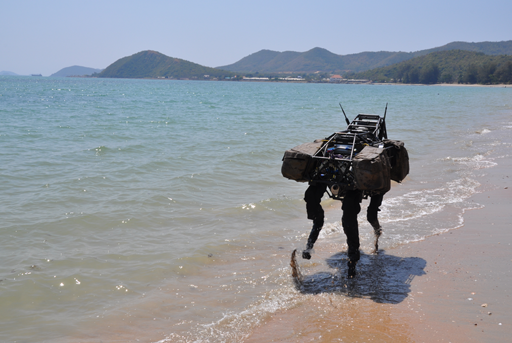In a press release, the Canadian government announced that it is purchasing unmanned aerial vehicles (UAVs) from the US Navy with delivery set for 2021. Canada has been working to purchase UAVs for quite some time and the $14.2 million dollar contract will go a long way in increasing surveillance capabilities. Drone procurement has suffered a series of setbacks over the course of the last decade, but has proven to be ultimately successful in light of the recent purchase. This initial acquisition by the Canadian government will hopefully lead to an expansion of the fleet in the future.
The new UAVs, RQ-21A Blackjacks, include some of the newest developments in drone technology. Manufactured by Insitu, a subsidiary of Boeing, the Blackjack has a 16ft wingspan, can reach an altitude of up to 19,500ft, and has a 16 hour endurance. Significantly, the Blackjacks are unarmed UAVs unlike their more famous cousin, the MQ-1 Predator drone which uses AGM-114 Hellfire missiles. Consequently, the Blackjack will be used to collect image and signal intelligence and conduct reconnaissance missions. Canada is the first foreign government to acquire the technology from the United States and as such, training is also included in the multi-million dollar contract. The US Navy only received its first Blackjacks in August of this year after awarding its first contract to Insitu in 2013.
The project of acquiring new UAVs for the Canadian government has been a long one. After the Joint Uninhabited Surveillance and Target Acquisition System (JUSTAS) project received a green light from the Department of National Defence (DND) in 2000, it purchased several CU-161 Sperwer UAVs for the war in Afghanistan in 2003. Operational until 2009, these French-made drones were short range surveillance vehicles which frequently broke down. In 2006, JUSTAS developed a $500 million implementation program to acquire long range surveillance and armed drones. However, the initiative never got off the ground.
In 2009, the Canadian government leased several Heron surveillance UAVs from Israel after the Manley Commission recommended acquiring UAV capabilities conditional on Canada’s continued involvement in the war in Afghanistan. During this time and for several years afterwards, the JUSTAS project requested funding from the DND for a permanent drone fleet. It was repeatedly denied the federal funding until 2014. However, a debate on how many drones Canadian forces needed, as well as the optics of the F-35 purchase, blocked the JUSTAS project once again. In early 2015, the Canadian government once again began to look for a contract to equip the Canadian Forces with UAVs and the contract for the Blackjacks was signed a few weeks ago.
One success of the Blackjack purchase is the timeline. Just last year, the Canadian government expected to award a contract by 2019 and acquire their new UAVs by 2023. If all goes according to plan, the Canadian forces will have the new Blackjacks two years ahead of that date, a feat not often attained in defence procurement.
While the Canadian forces have improved surveillance capacity, five drones do not equal a fleet. In 2012, the US military had almost 7,500 drones that were operational, 161 of which were Predator drones. In terms of size, a better comparison may be between the Canadian and British militaries. Even in this case however, Britain currently has 500 UAVs, outnumbering Canada’s resources 100 to 1. Furthermore, none of the new Canadian UAVs have the capability to perform airstrikes. Chief of Defence Staff Jonathan Vance spoke to the press in March of this year, stating that, “in my view there’s little point to having a UAV that can see a danger but can’t strike it if it needs to.”
UAVs continue to be an important tool in fighting the Islamic State, the militant group that is currently occupying Eastern Syria, providing intelligence to deployed troops. In addition, the Blackjack UAVs will also be able to support Canadian security initiatives at home. This will include patrolling coastal areas and surveillance of Arctic waters.
Photo: A Insitu-Boeing ScanEagle surveillance drone, an older UAV similar to the RQ-21A Blackjacks. Courtesy of the US Navy via Wikimedia Commons. Public Domain.
Disclaimer: Any views or opinions expressed in articles are solely those of the authors and do not necessarily represent the views of the NATO Association of Canada.




